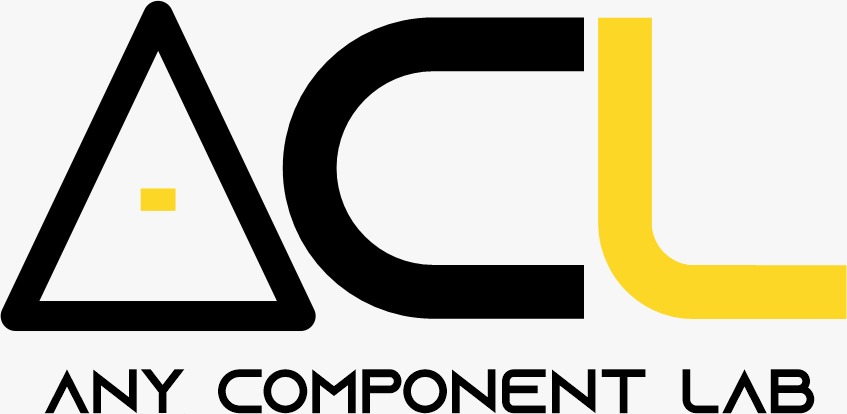While often overshadowed by other flashy components, the humble inductor plays a crucial, often unnoticed role in the making of modern electronics. This seemingly simple component, essentially a coil of wire, possesses a remarkable ability to store energy in a magnetic field, influencing the flow of current and shaping the behavior of circuits in ways that are both subtle and profound.
The Inductor’s Magnetic Dance:
At its core, an inductor is a passive two-terminal component that resists changes in current flow by generating a magnetic field. When an electric current passes through the coil, it creates a magnetic field around it, storing energy. This field opposes any attempts to change the current, making it a crucial tool for managing energy flow in circuits.
The strength of this opposition, or inductance, is measured in Henrys (H). A higher value means a greater resistance to current change. This fundamental property allows inductors to act as “current buffers,” smoothing out fluctuations and shaping the flow of electricity.
Variations and Their Roles:
Inductors come in a multitude of shapes, sizes, and designs, each tailored for specific applications. Some common types include:
**Air Core Inductors:** These consist of a coil of wire wound around an air core, offering high frequency performance and low energy losses. They are often used in high-frequency circuits like those found in radio transmission and reception.
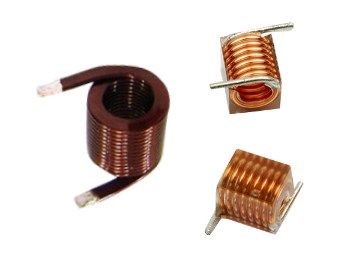
**Iron Core Inductors:** Making use of a ferromagnetic core, such as iron or ferrite, these inductors achieve higher inductance values, making them ideal for low-frequency applications like power supplies and transformers.
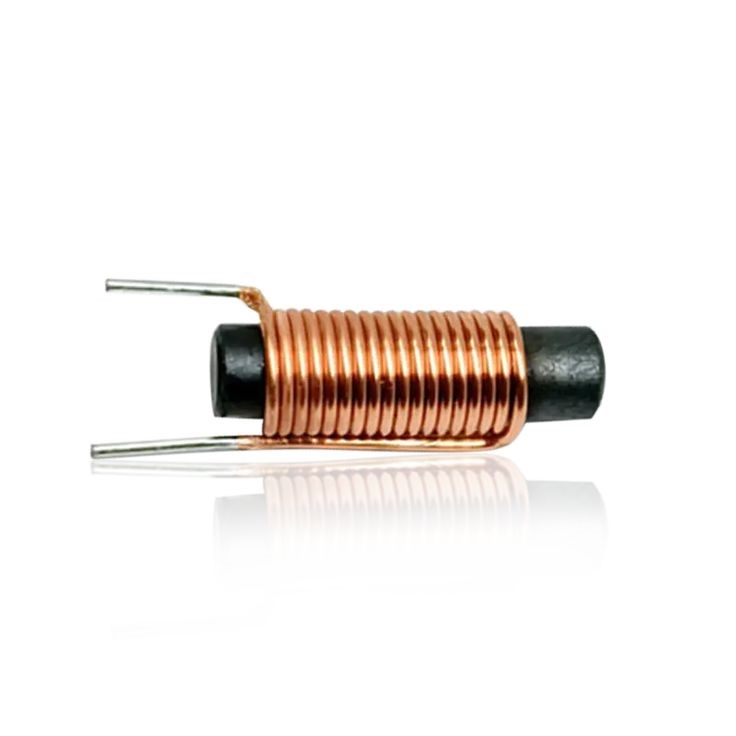
**Toroidal Inductors:** Featuring a coil wound around a donut-shaped core, these inductors minimize magnetic field leakage and improve efficiency. They are commonly used in high-power applications where efficient energy transfer is crucial.
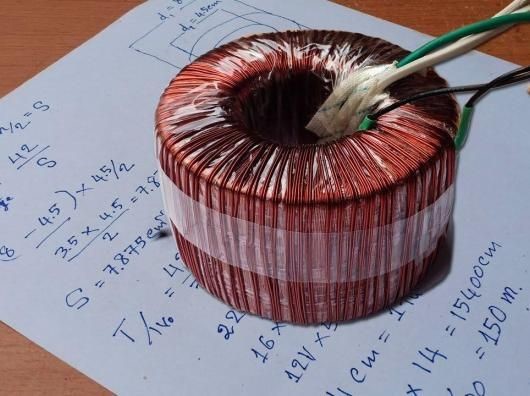
**Variable Inductors:** These allow for adjustment of their inductance, enabling tuning circuits and other variable applications like radio receivers and oscillators.

The Inductors’ Influence on Circuits:
Inductors are integral components in a wide range of electronic circuits, playing crucial roles in:
**Filtering:** Inductors effectively block high-frequency signals while allowing low-frequency signals to pass through, acting as low-pass filters. This makes them crucial for removing noise and unwanted frequencies from signals, ensuring clean and reliable data transmission.
**Energy Storage:** Similar to capacitors, inductors can temporarily store energy in their magnetic field, smoothing out voltage fluctuations and providing backup power.
**Timing Circuits:** In combination with capacitors, inductors create LC circuits that oscillate at specific frequencies. These oscillators are essential for generating timing signals and are used in clocks, timers, and other timing-critical applications.
**Transformers:** By making use of the principle of electromagnetic induction, inductors form the basis of transformers, enabling voltage transformation and efficient power transmission. This allows for converting high voltages to low voltages or vice versa, making them essential for power distribution and electrical equipment.
**Signal Processing:** Inductors are essential for active filters, amplifiers, and other signal processing circuits, shaping the frequency response and enhancing performance.
Fundamental Relationships:
**Inductance:** This is the fundamental property of an inductor, measured in Henrys (H). It represents the inductor’s ability to resist changes in current flow.
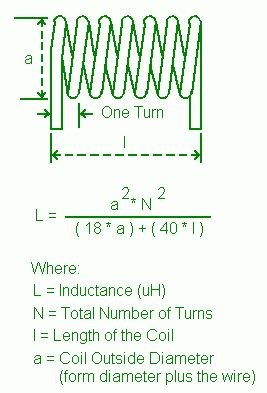
**Voltage Across an Inductor:** The voltage across an inductor is proportional to the rate of change of current flowing through it.
V = L * (dl/dt)
Where:
V = Voltage (in volts)
L = Inductance (in Henrys)
dl/dt = Rate of change of current (in A/s)
**Energy Stored in an Inductor (E):** The energy stored in an inductor’s magnetic field is proportional to the square of the current flowing through it.
E = (1/2) * L * I2
Where:
E = Energy (in joules)
L = Inductance (in Henrys)
I = Current (in amperes)
Inductor in AC Circuits:
**Inductive Reactance (XL): This is the opposition to current flow offered by an inductor in an AC circuit. It depends on the frequency (f) of the AC signal.
XL = 2 * pi * f * L
Where:
XL = Inductive Reactance (in ohms)
f = Frequency (in Hertz)
L = Inductance (in Henrys)
Inductors possess several key characteristics beyond their inductance value:
Current Rating: The maximum current that can flow through the inductor without causing damage. It is crucial for determining the inductor’s suitability for a particular application based on the expected current flow.
Quality Factor (Q): A measure of an inductor’s efficiency, indicating the ratio of stored energy to energy dissipated. A higher Q indicates lower energy losses and improved performance, especially in high-frequency applications.
Q = (2 * pi* f * L) / R
Where:
Q = Quality Factor (dimensionless)
f = Frequency (in Hertz)
L = Inductance (in Henrys)
R = Resistance (in ohms)
Inductor’s in Action: The Real World Applications:
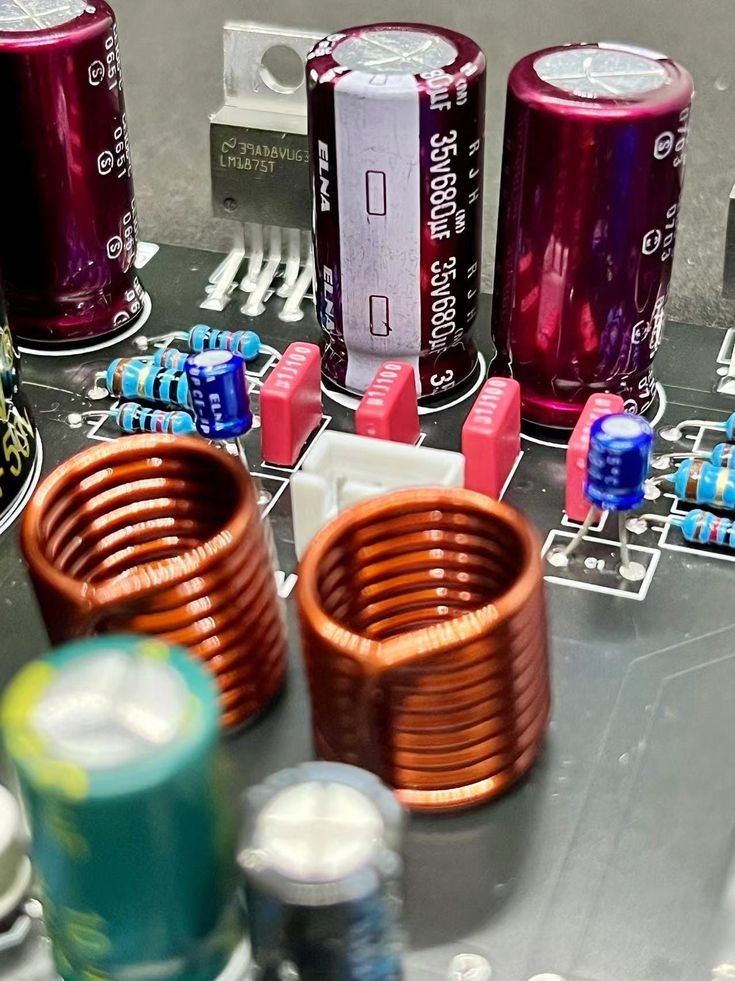
Inductors are found in countless electronic devices and systems, shaping the functionality of our modern world:
**Audio Amplifiers:** Inductors are used as output transformers, coupling the amplifier to the speakers and enhancing sound quality. They are essential for reproducing low-frequency sounds accurately and delivering a rich and powerful audio experience.
**Power Supplies:** Inductors filter out unwanted ripple currents, ensuring stable and reliable power delivery to sensitive electronics. This protects devices from damage and ensures consistent performance, especially in critical applications like computers and medical equipment.
**Wireless Charging Systems:** Inductors are integral to wireless charging systems, enabling efficient energy transfer without physical contact. They create magnetic fields that induce current in a receiver coil, allowing for convenient and wireless charging of devices.
**Motor Control Systems:** Inductors are essential for controlling the speed and direction of motors. They help to regulate the flow of current to the motor windings, enabling precise control over motor operation.
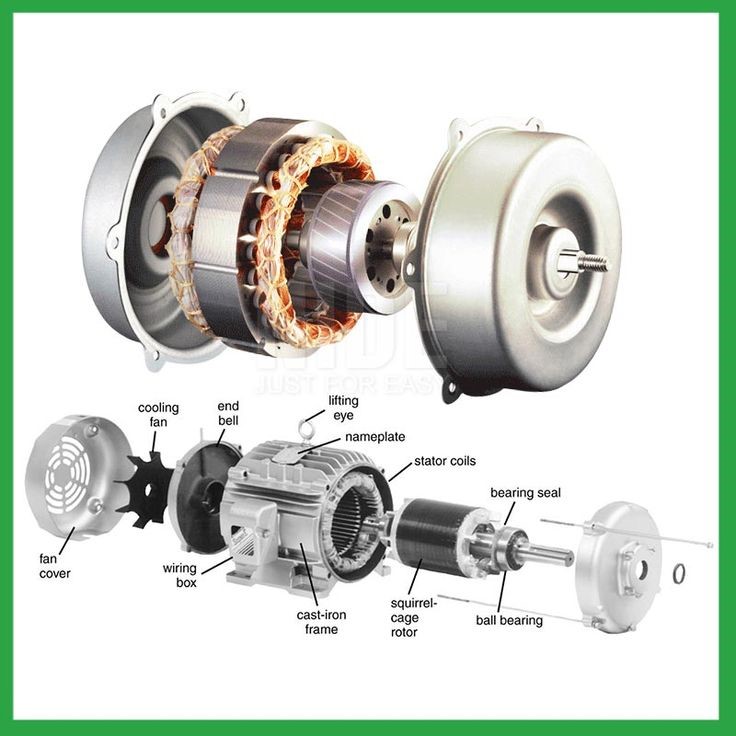
**Radio Frequency (RF) Circuits:** Inductors are widely used in RF amplifiers, filters, and oscillators. They are essential for tuning radio waves, amplifying signals, and generating radio frequencies for communication and broadcasting.
The Future of Inductors: A Look Ahead:
As electronics continue to shrink and the demand for higher performance and efficiency grows, the development of new inductor technologies remains a critical area of research. Advancements in materials science and manufacturing processes are enabling miniaturization, improved efficiency, and higher frequency operation. This ensures that inductors will continue to play a crucial role in shaping the future of electronics, powering innovations in communication, energy, and beyond.
In conclusion, while often hidden from view, the inductor plays a vital and versatile role in the complex tapestry of modern electronics. Its ability to store energy in magnetic fields, filter signals, and shape circuit behavior is essential for the functionality of countless devices that power our daily lives. Understanding the workings of this seemingly simple component is crucial for anyone seeking to navigate the ever-evolving landscape of electronic engineering, where innovation and advancement are driven by the fundamental principles of electromagnetism.
Visit our online shop – Any Component Lab and start experimenting with various types of component in your next project!
